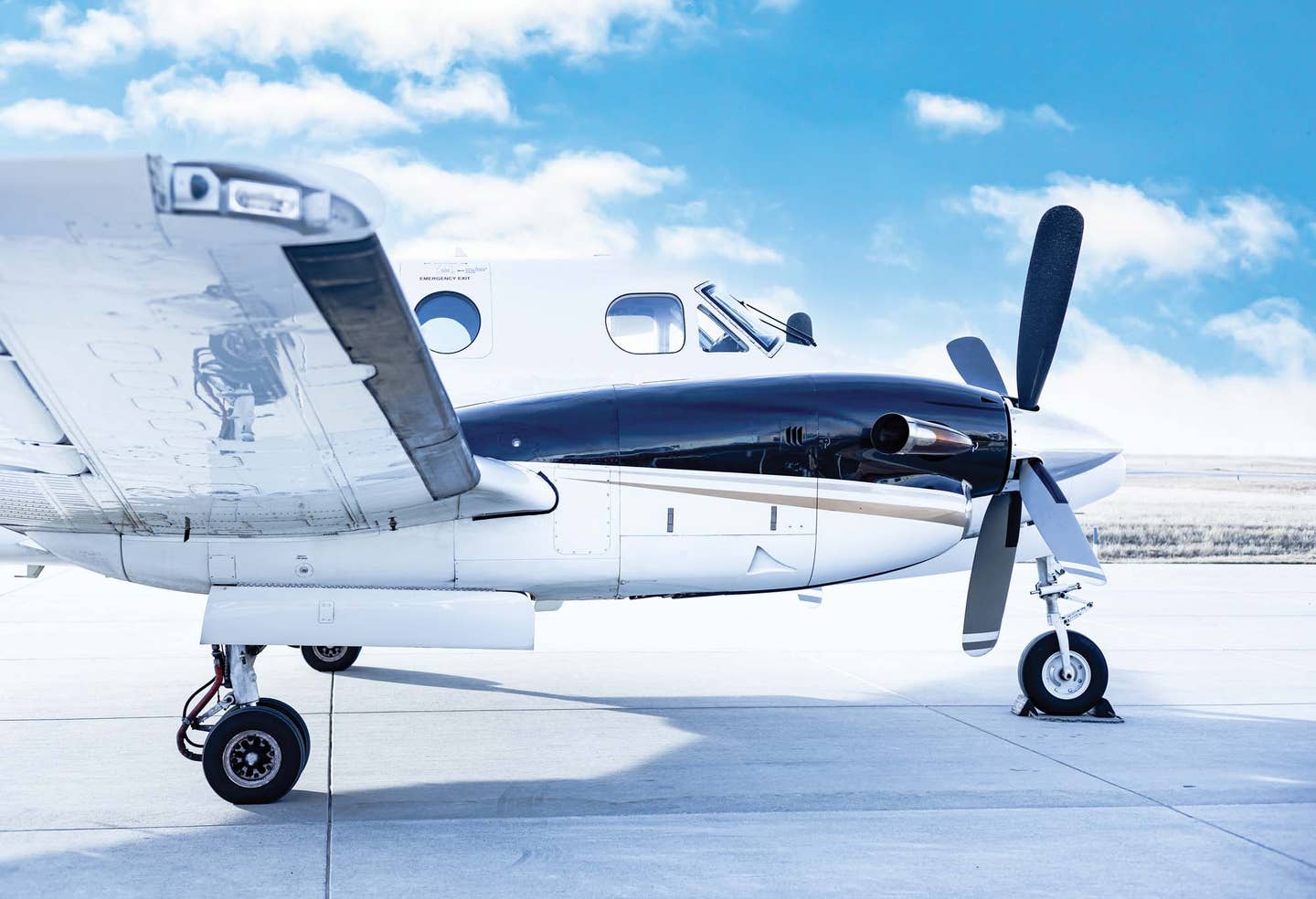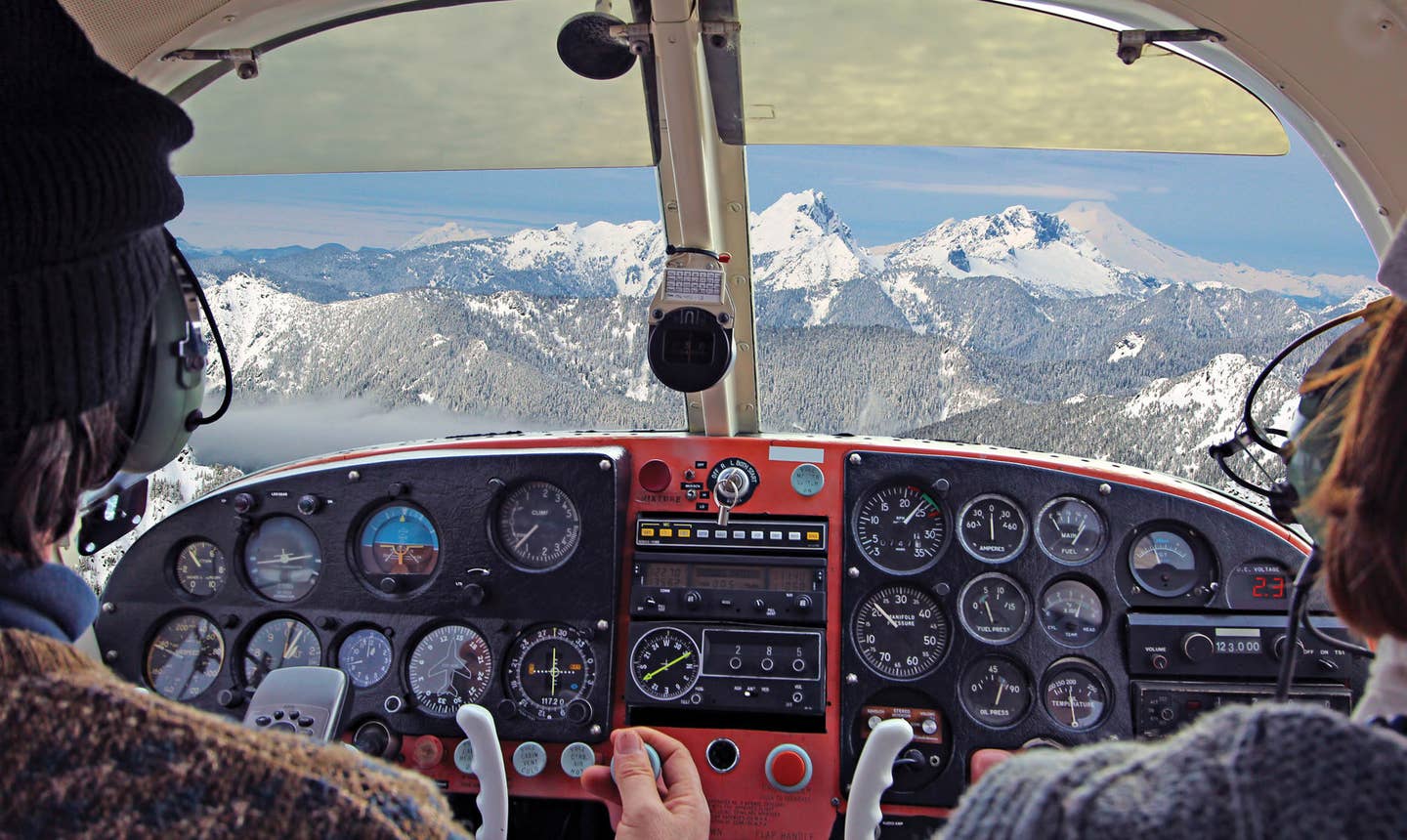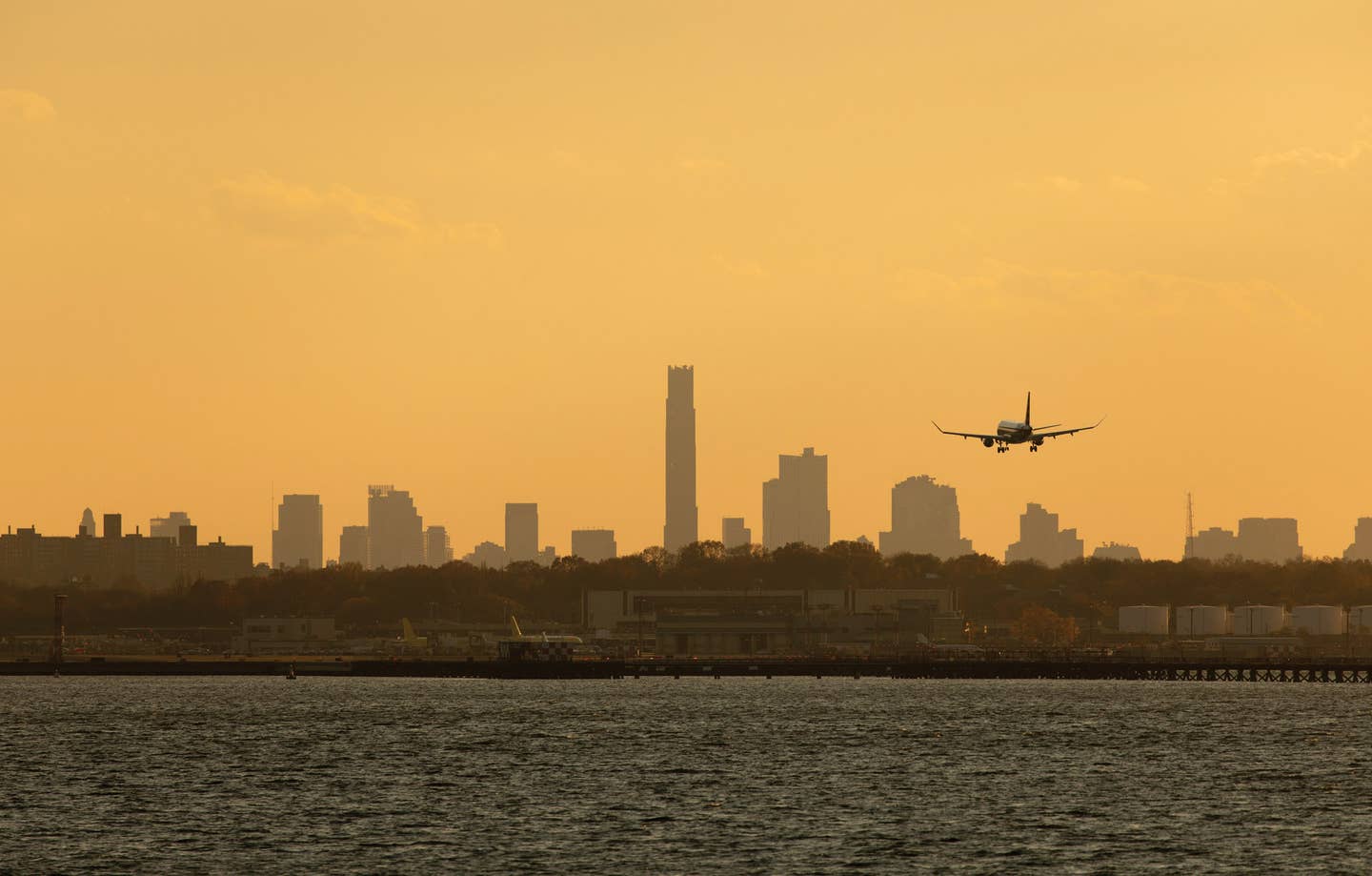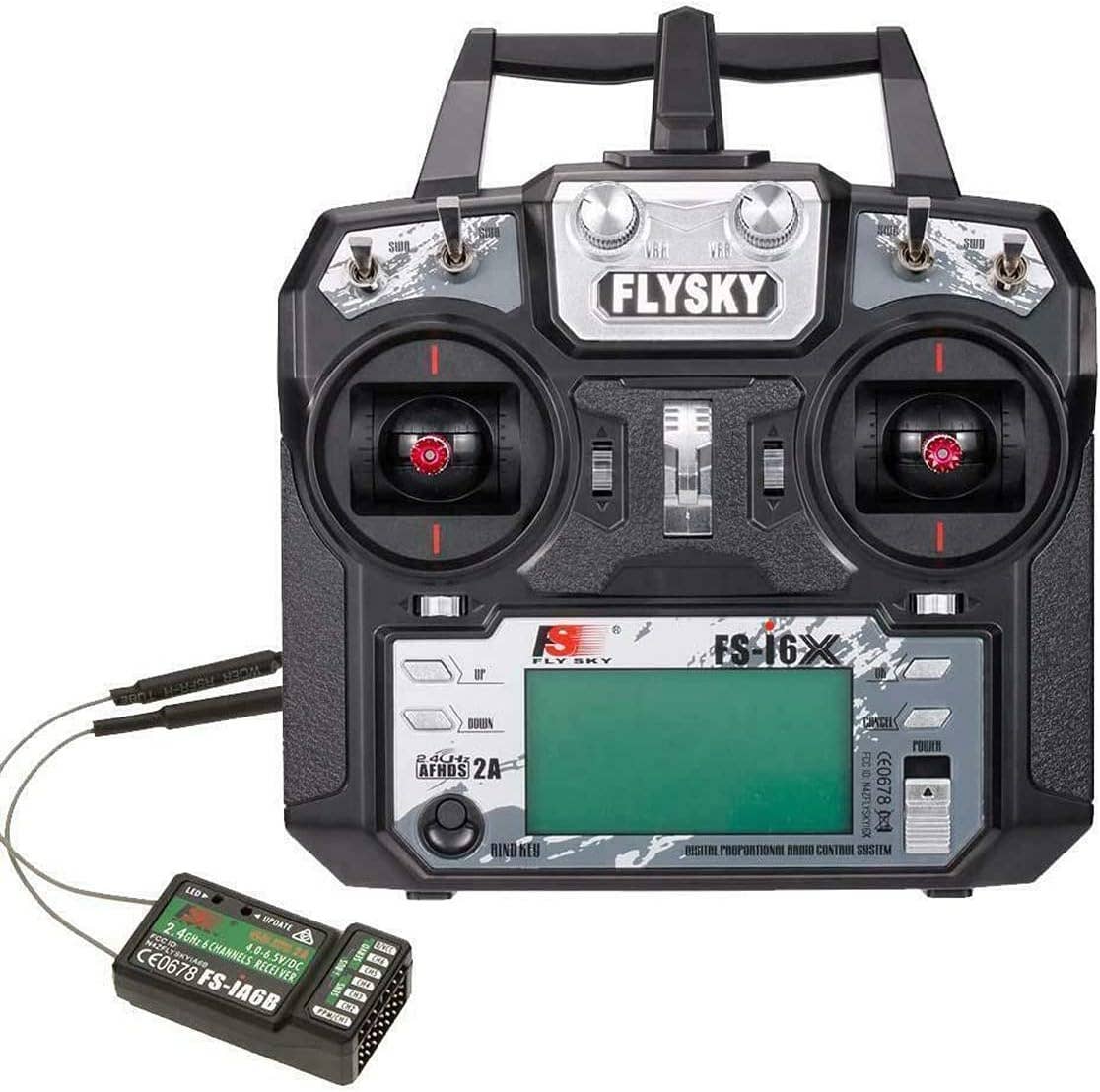
On my first flight lesson in 1994, my instructor guided me through the preflight process, and then we started the engine. “It’s going to be different from driving a car,” he said. My response was a blank facial expression.
I was too young to drive a car. We both had a good chuckle, then we lurched out of the parking spot as I tested the toe brakes for the first time and began to waddle our way to the runway in the mighty Cessna 150.
When thinking of ways to display your mastery of flight, most of us dream about buttery-smooth landings, or maybe maneuvers flown so precisely that the altimeter needles might as well have been just painted on. Or for the master-level courses, you might argue that sharp, aerobatic figures or handling a challenging taildragger are a good way to show your airmanship.
Robert Buck, whose books North Star Over My Shoulder and Weather Flying should be required reading yearly for pilots, pointed out that in his career, which spanned from World War II to retiring as a 747 captain, he could usually size up a fellow pilot’s abilities before they even got airborne. How they came to a stop holding short of the runway generally gave a preview as to how they would handle a plane for the rest of the flight. If they came to a stop using constant brake pressure, the plane would come to a stop with a bit of a lurch, bobbing the nose up and down as the nose gear oleo strut compressed and expanded.
A solid aviator, Buck opined, put enough care into his handling of the ship to ease the brake pressure as the aircraft slowed, using just enough pressure at the end to bring the tens of thousands of pounds of metal, fuel, oil, bags, and people to a stop so gently that you didn’t really know at what point the machine stopped moving.
Pilots, as a whole, are generally enamored with speed, if we’re being honest about it. Even the STOL crowd with its slow-flying birds are still faster than overland transportation for the most part.
So, it’s kind of understandable that our tap-dancing on the toe brakes is among the least of our focal points for fine-tuning our flying.
For that matter, we’re not all flying around with toe brakes. Many airplanes from the golden age of aviation came with heel brakes, such as Piper Cubs and Aeronca Champs. These were small pedals at the base of the rudder pedals that give the same differential control as toe brakes, but you push your heels in for brake application.
I don’t mind heel brakes at all, but most of the planes I’ve flown with them hardly needed brakes to begin with. The Eagle 150, a nimble little trainer I flew a little in the early 2000s, had brakes built into its simple rudder pedals where you basically pushed in the rudder pedal of the side you wished to apply brakes to. The two at our flight school languished on the flight line because the Cessna-trained, toe-braking instructors didn’t fly it enough to become comfortable with the novel arrangement, much less proficient enough to teach in it.
Some of the European designs, such as the de Havilland Chipmunk, had a rudder bar with a separate hand brake, which applied differential brakes as you put in more and more rudder input, and as you continued to raise the brake handle, it applied brakes to both sides. Some of the Eastern European designs had pneumatic brakes with a hand-brake lever on the control stick.
And then there’s the current generation that includes Cirrus and Diamond designs with free-castering nosewheels that use differential brakes as the only way of steering when there isn’t enough airflow over the control surfaces for directional control on the ground.
That’s all a long-winded way of saying that as you get away from spam cans produced in Wichita, Kansas, and Vero Beach, Florida, you can find varying arrangements that will make you reflect a little more on the least-thought-about aircraft controls.
As an airline first officer for the better part of the past 16 years, I didn’t do much with brakes on the jet. At each of the three airlines where I flew, captains exclusively taxied the jets, unless you were on a straight stretch and they needed you on the controls while they reached for their shoulder harnesses or leaned over to reach something they had dropped.
If given the controls while holding in position on the runway before takeoff, I got to release the brakes to begin the roll. Then on those legs I flew, I would begin the brake application on landing roll, before the captain called out “80 knots” on the rollout to signal the transition into the low-speed regime, generally followed by “I’ve got the controls.”
The aviators I flew with would have their feet up on the brakes and matched pressures with my inputs so that as my feet came off the brakes, there was no perceptible jolt or lurch. The “drivers” would just call “I have the controls” and clomp their feet onto the pedals, often ruining a decent landing by shoving all the passengers’ faces into the seat backs in front of them. Perhaps you’ve experienced a few of those landings as a passenger as well—I’ve witnessed plenty. While I’d love to say “I’m not judging you” to those up front in those situations…sorry, I am judging you.
I was flying with a first officer who was much more senior than I was, yet here we were flying an approach to a short, challenging runway, and the company page said the captain was the only one authorized for takeoffs or landings on that runway. Firm is about as nice as I can describe our arrival, and “Take that, Daytona Beach!” danced on the tip of my tongue as we rolled out.
Twice in the first few months after upgrading, I flew jets with a thrust reverser deferred, a situation I’d seen plenty of times as a first officer. But again, having not spent much time on the brakes during those preceding thousands of landings, I really wasn’t expecting the double threat of having lost half the reversers. The asymmetry of only one working reverser means that maintaining directional control was now of more concern than normal.
We have temperature readouts of the brake temperatures at each wheel, and there are limiting temperatures that must be met before the next takeoff. Or, if a brake becomes extremely hot, it can melt a plug and let the air out of that tire to keep it from exploding. My first landing with a reverser deferred wound up with the brakes getting pretty warm. The next leg, as we landed in Wichita on a warm day, we rolled to the end of the runway under gentle braking, and then using only the right brake for the taxi back to the gate became our plan of action.
With the increased care toward our brake applications, we rolled up to the gate with the brakes hardly warmed at all.
Images: Adobe Stock

Subscribe to Our Newsletter
Get the latest Plane & Pilot Magazine stories delivered directly to your inbox






